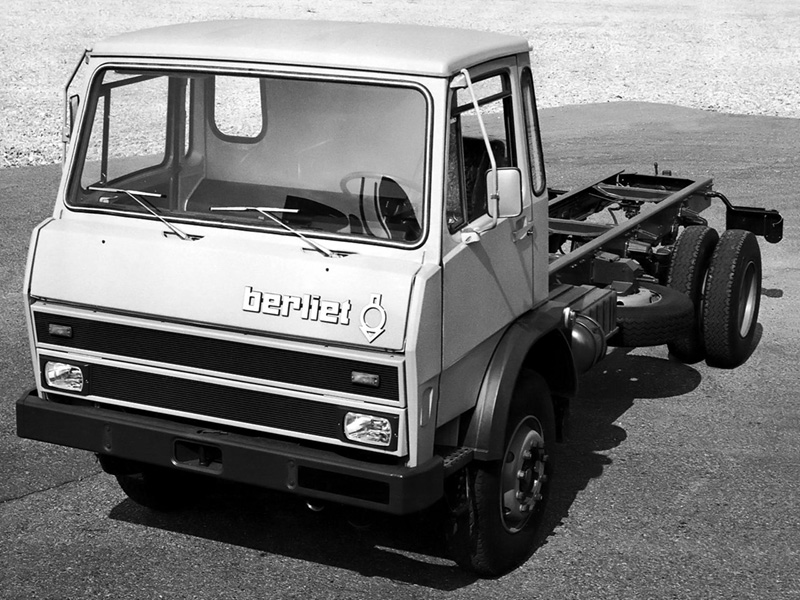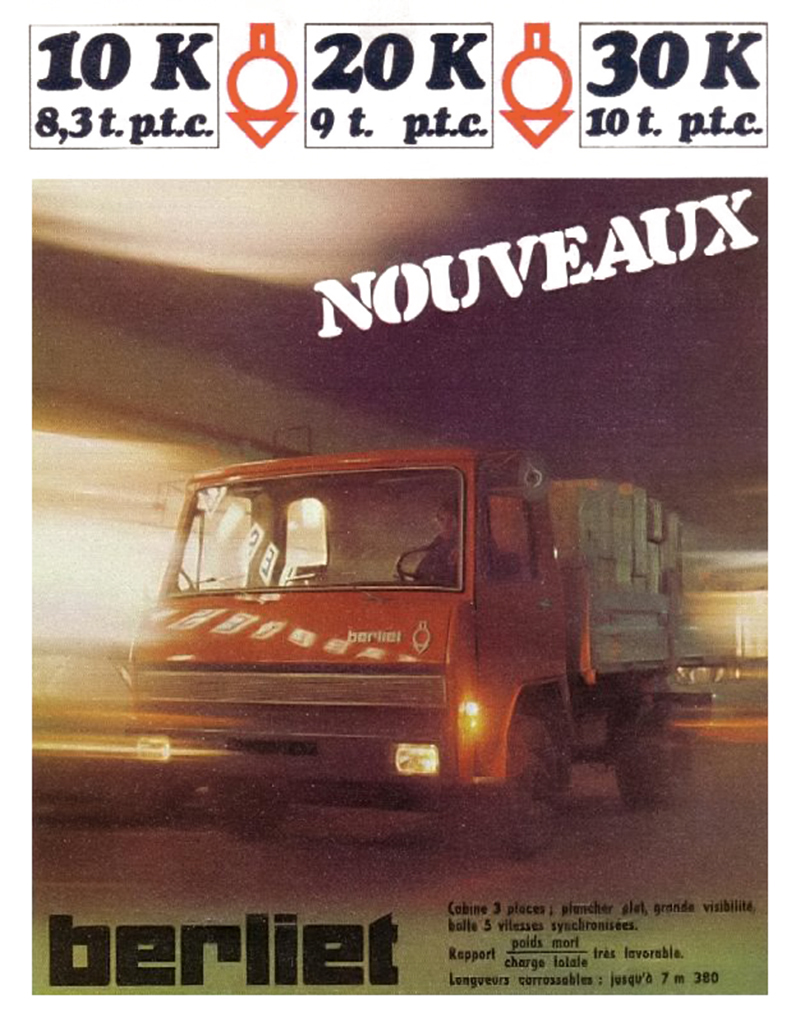|
|
|
By the mid 1960s , French truck maker
Berliet had seen
its market share
decline with the creation of Saviem, a
subsidiary of State owned
Renault. It also lost important
military contracts and sought
membership of a more dynamic and powerful
group.
In June 1967, Citroën bought Berliet.
At that time, Michelin owned Citroën and
had just
acquired Panhard.
Furthermore, Citroën was considering the
acquisition of Maserati
and
had significant research costs, especially
with the Comotor subsidiary,
shared with NSU to develop the rotary
engine.
|

|
|
The acquisition of Berliet, would, it was
hoped, permit
a reorganisation of Michelin’s
investments.
Citroën had an ageing truck range
comprising the Type 23 and Type 55
both of which had been introduced in the
1950s, and of course the
Belphégor range launched in 1965.
But the truck business was a
relatively low level activity for
Citroën.
It was felt that Berliet
would be able to compete with Saviem and
generate extra income which
would allow Citroën to carry out its many
projects while leaving a
residual profit.
For Berliet, however, the acquisition of
the Citroën truck division had
no real advantage except that of taking
control of a competitor and
strengthening its market share. Alongside
its own range, Berliet
manufactured the Belphégor range
trucks at its plant in Venissieux and
together with Citroën developed a
new small truck, to be called
Dauphin. The chassis and cabin came
from the
Berliet Stradair
with a
shortened bonnet and was originally only
available with the Citroën badge and then
between 1970 and 1971, it
could be bought with either Berliet or
Citroën badges. The
Citroën
contribution to the design was to use the
Belphégor’s fully powered,
LHM based braking system and to use the
DS21’s four cylinder petrol
engine. A Perkins diesel was also
available.
After a short career wearing the Citroën
badge, the Dauphin continued
as a Berliet.
In 1976, PSA sold Berliet to Renault.
|
 |
|
|
180 K
|

|
 |
 |
350 K, 450 K and 480 K
|

|
 |
 |

|
|
|
|
|
|
|